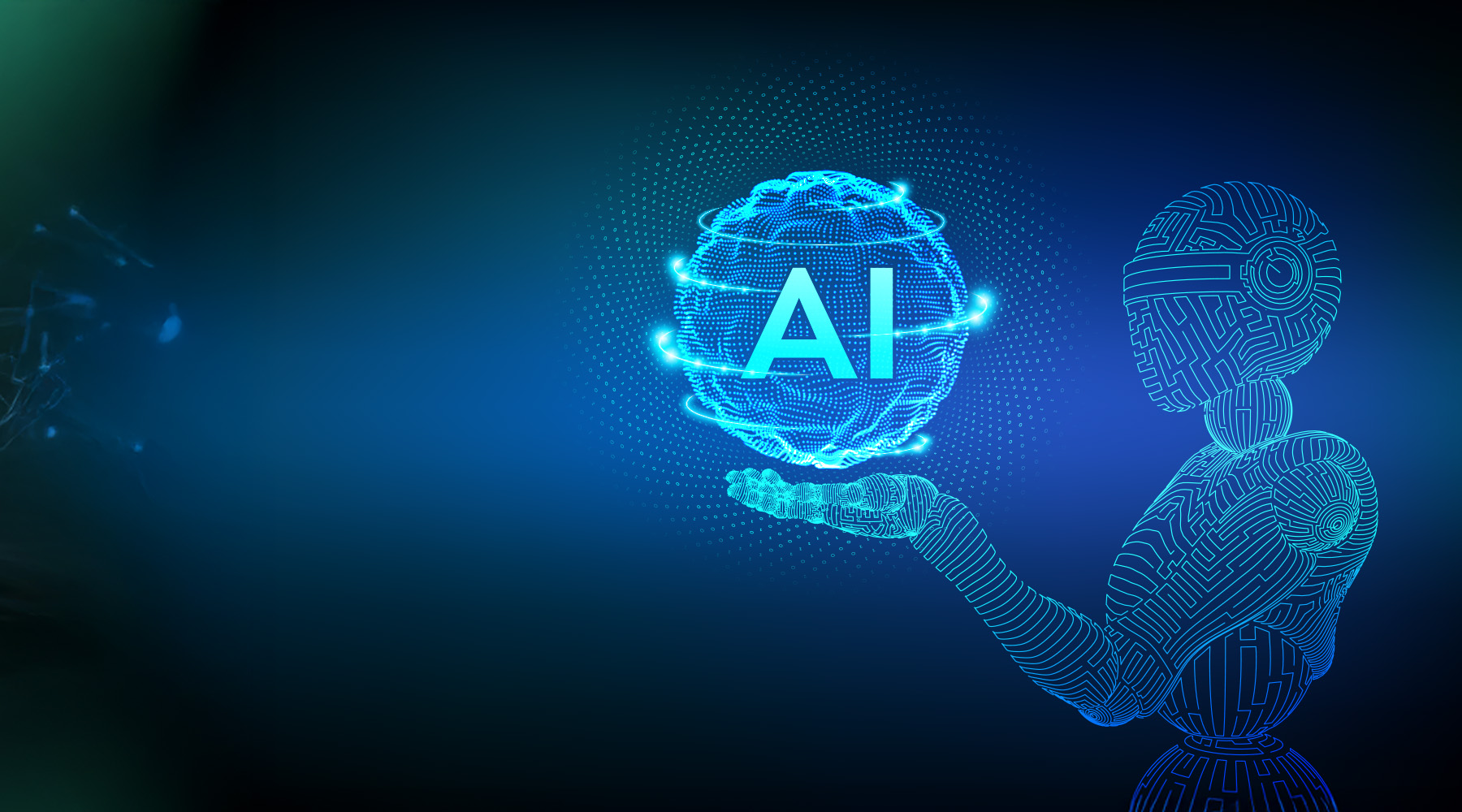Introduction: Why AI in Process Automation Matters
In today’s competitive landscape, efficiency is no longer optional—it’s a necessity. Organizations are under constant pressure to deliver faster, more accurate results while reducing costs and minimizing errors. This is where Business Process Automation (BPA) plays a critical role.
Traditional automation has already helped companies eliminate repetitive tasks, but the integration of Artificial Intelligence (AI) is taking it to the next level. AI-powered automation not only streamlines workflows but also adds intelligence to decision-making, creating systems that learn, adapt, and continuously improve.
From automating customer service interactions to processing financial transactions and analyzing supply chain data, AI-driven automation is reshaping the way businesses operate. In this blog, we’ll explore the roles AI plays in business process automation, the benefits it delivers, the challenges organizations face, and what the future holds.
AI in Automation: Roles and Applications
AI is redefining how automation functions by adding intelligence and adaptability to previously rigid workflows. Here are some of the most impactful applications:
- Intelligent Document Processing (IDP)
AI-powered tools extract, validate, and classify data from invoices, contracts, and forms—reducing manual input and improving accuracy. - Customer Service Automation
Chatbots and virtual assistants use natural language processing (NLP) to handle customer inquiries, freeing human agents to focus on complex cases. - Predictive Analytics for Operations
AI analyzes historical data to predict future demand, detect anomalies, and optimize processes like supply chain management and workforce planning. - Fraud Detection and Risk Management
By scanning millions of transactions in real time, AI systems can detect suspicious patterns and flag risks far faster than traditional methods. - Workflow Optimization
AI not only automates steps but also learns from outcomes, continuously refining workflows to maximize efficiency.
These applications show that AI isn’t just making processes faster—it’s making them smarter, adaptive, and more resilient to change.
Benefits of AI in Business Process Automation
Organizations that adopt AI-driven automation experience a range of benefits:
- Enhanced Speed and Efficiency
Tasks that once took hours or days can be completed in minutes with AI automation. - Accuracy and Error Reduction
AI minimizes human error, ensuring precision in data-heavy processes like finance, compliance, and reporting. - Cost Savings
By reducing manual labor and increasing throughput, businesses lower operational costs. - Scalability
AI systems adapt to growing data volumes and workload demands without significant increases in cost. - Regulatory Compliance
Automated audit trails and data validation help organizations maintain compliance with industry regulations.
These benefits allow businesses to operate with greater confidence and agility in a fast-changing marketplace.
Challenges and Solutions
While promising, AI-powered automation is not without hurdles:
- Data Quality Issues
AI relies on high-quality data. Poor or fragmented data reduces effectiveness. Solution: Invest in data governance and integration. - Security and Privacy Concerns
Automated systems often handle sensitive information. Solution: Implement strong cybersecurity frameworks and regular audits. - High Implementation Costs
Upfront investments in AI tools can be significant. Solution: Start small with high-impact pilot projects and scale gradually. - Ethical Considerations
Bias in AI models can affect fairness and trust. Solution: Establish ethical AI guidelines and ensure transparency in decision-making.
Overcoming these challenges requires a strategic approach that balances technology, governance, and cultural readiness.
Future Outlook: AI-Powered Automation
The future of business process automation lies in hyperautomation—the integration of AI, robotic process automation (RPA), machine learning, and analytics to create fully automated, intelligent ecosystems.
In the next five years, we can expect:
- Autonomous Decision-Making
AI systems will make complex business decisions with minimal human intervention, enabling real-time agility. - Deeper Human-Machine Collaboration
Rather than replacing jobs, AI will augment human workers, automating repetitive tasks while allowing people to focus on strategic, creative work. - Industry-Specific AI Solutions
Tailored automation for industries like healthcare, banking, and manufacturing will accelerate adoption and maximize value. - Integration with Emerging Tech
AI automation will merge with IoT, blockchain, and 5G to create smarter, more connected business ecosystems.
Organizations that embrace these trends early will not only gain efficiency but also a competitive edge in delivering customer value.
Conclusion & CTA
AI is no longer a “nice-to-have” in business process automation—it’s a game changer. By boosting efficiency, accuracy, and decision-making power, AI-driven automation is enabling organizations to move faster, reduce errors, and stay ahead of the curve.
The businesses that succeed will be those that prepare today, adopting AI thoughtfully and strategically.
Ready to explore what AI-powered automation can do for your organization? Start your automation journey today with ePathUSA’s Automation Solutions.
















